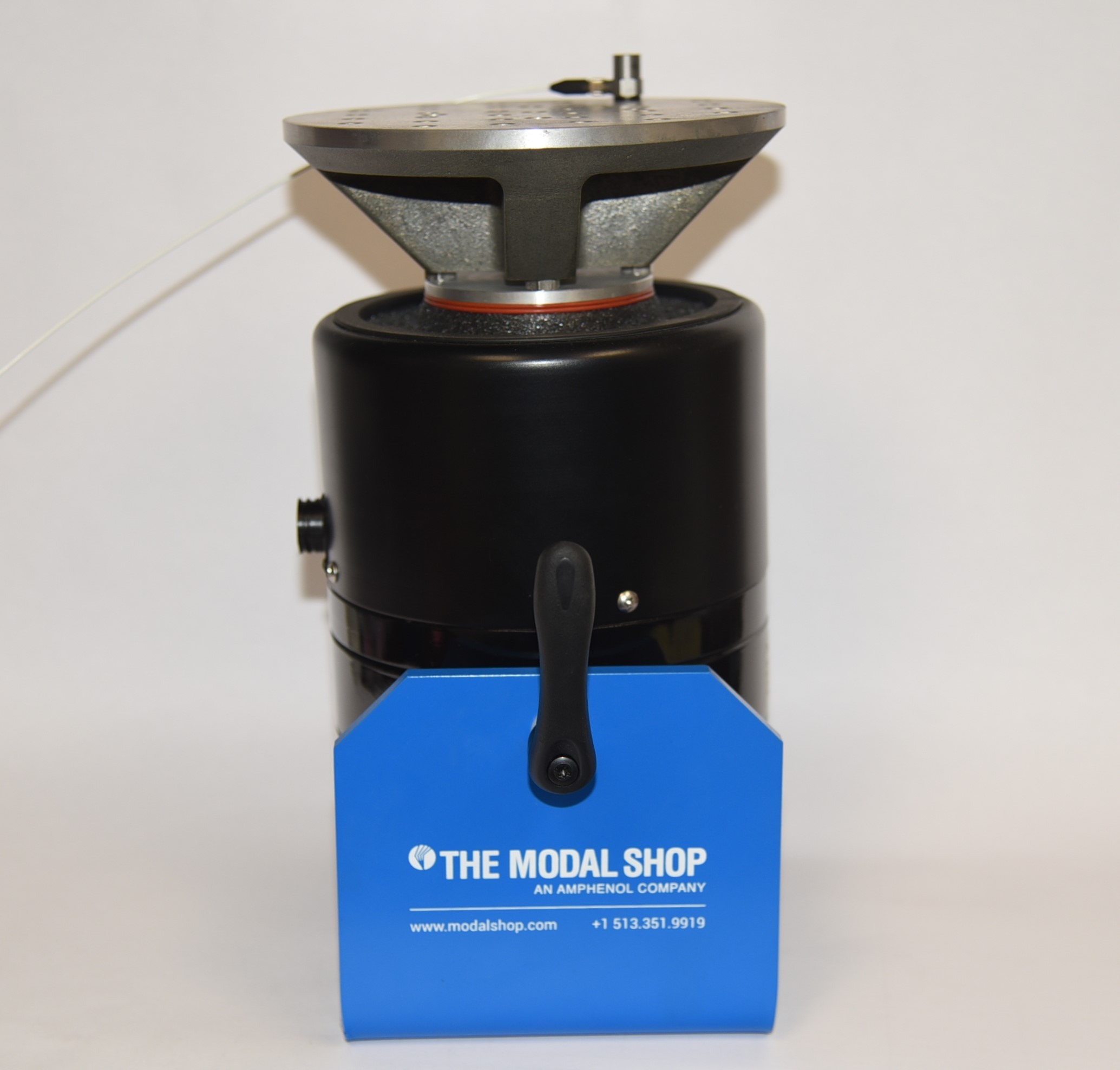Shakin’ Things Up: Vibration Testing is Critical to Product Quality

From the mundane, like everyday household electronics, to the unusual, such as the re-entry face shields worn by astronauts, countless products are subject to vibrations that can impact their performance. Those vibrations can be large or small, momentary or continuous, and expected or unexpected. In any case, if a product is not designed and manufactured with its real-world environment in mind — including the vibrational environment — it could malfunction or, in worst case scenarios, even put lives at risk.
Vibration testing allows you to safely test the limits of a material, part or component in a controlled laboratory setting. By subjecting the test item to sustained or periodic shaking over a specified period of time, vibration testing can identify performance issues and help prevent failures down the road.
What is Vibration Testing?
Industries ranging from aerospace and defense to automotive, telecommunications and consumer electronics rely on vibration testing to learn how parts react to vibrational stresses.
A type of mechanical testing, vibration testing uses a special “shaker” machine to mimic the actual vibrations that a part, product, or structure might be subject to during real-world use or transportation. The goal is to assess how the object responds to specific vibrational environments and note any degradation that results.
Vibration testing allows us to predict how much vibration an object can endure and continue to function as intended. Vibration tests, combined with other environmental testing, is important for ensuring the reliability of the product in various phases of the product life cycle — from development to manufacturing and quality control.
Types of Vibration Testing
There are three main types of vibration testing:
- Random: The most common type of vibration testing, random testing exposes a product or sample to a broad spectrum of vibrational frequencies simultaneously to assess the item’s response to unpredictable vibrations that could potentially be encountered during use or transportation.
- Sine: During laboratory sine testing, a test item is exposed to a single vibrational frequency for a defined period of time to see how it performs under constant vibration.
- Mechanical Shock: A third type of vibration testing involves subjecting the test item to sudden impact that simulates a drop, hit, fall or even explosion. The goal of shock testing is to assess an item’s ability to maintain its functionality following an impact. Depending on the test specifications, the shock test may be a one-time impact or may be repeated for a defined duration.
To reflect real-world conditions, most vibration testing involves subjecting the test item to vibration in all directions: up and down, back and forth, and front to back — the X (horizontal),Y (Axial) and Z (vertical) axes.
The types of vibration testing used (as well as frequencies, amplitude, accelerations, test directions, durations, etc.) and performance expectations of the test item are defined in the product specifications.
Benefits of Vibration Testing
Vibration testing is a crucial diagnostic tool that delivers a number of benefits, including:
- Better Design: Vibration testing data provides valuable feedback about potential design flaws — information that can be used to improve the design before a product is offered for sale.
- Safety & Quality: Vibration testing helps manufacturers identify potential weaknesses in parts and products. They can then take action to correct the issues, thus preventing catastrophic failures and potentially serious safety hazards down the road.
- Maintenance: For companies that want to move away from calendar-based or reactive maintenance, vibration and other forms of testing can provide real-time data to make informed, targeted decisions about equipment health and potentially avoid unnecessary repairs.
- Financial: Vibration testing, monitoring and analysis fosters early detection of potential problems when they are easier and less costly to address. In addition, products that perform as expected are more likely to sell and (and less likely to be the subject of litigation).
IIA’s Vibration Testing Capabilities
Using state-of-the-art vibration (“shaker”) equipment, our vibration testing capabilities include:
- Sinusoid (“sine wave”) testing using periodic oscillations of constant amplitude
- Random testing using a variety of pulses from the amplifier to better represent real-world scenarios
- Vibration testing with up to 44 foot-pounds of force
- Virtually infinite testing iterations — over days, weeks — even months, as needed
- “Stinger” attachments to allow testing of larger objects
From computing applications to aerospace, customers in a wide range of industries trust IIA to perform vibration testing on:
- Electronic modules
- Automotive assemblies
- Aerospace devices
- Disk drive testing
- Hermetically sealed parts (ISO 14903) & more.
Why Choose IIA?
To complement our vibration testing services, IIA offers an array of nondestructive and destructing testing, including load and pressure testing, along with engineering support and analysis. For example, if a part fails during vibration testing, our metallurgical engineers can quickly step in to determine the root cause of the problem.
As our Lab Services team likes to say, “a test is worth a thousand opinions.” Vibration testing can deliver the answers you need about the future performance of your product.
LEARN MORE ABOUT IIA’S VIBRATION TESTING




